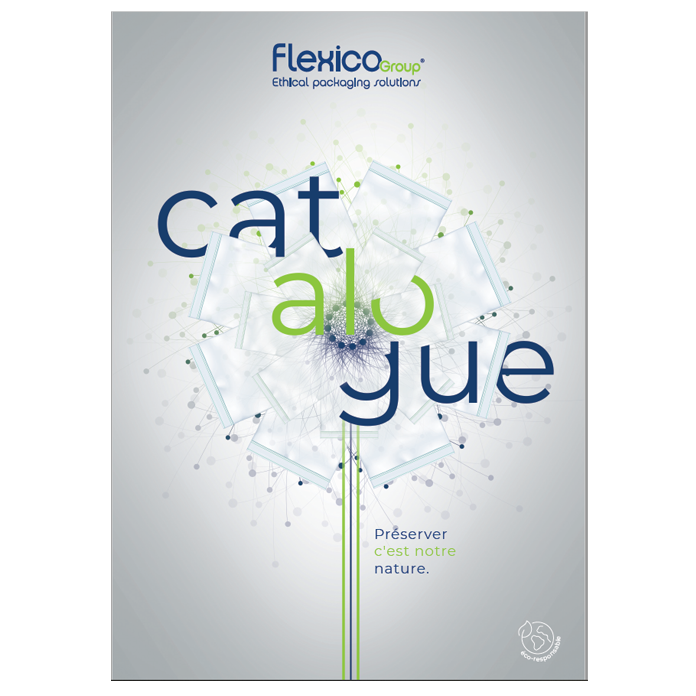Packaging plays an essential role in product traceability. Imposed by regulations and/or specific standards, this takes the form of various indications directly on the packaging. Based on a report by the National Packaging Council, this article will answer two questions: what is this information and for whom is it intended?
Packaging as a support for product traceability
It is present in all or part of the chain from production to consumption. Packaging has logically been proclaimed the preferred medium for all information related to product traceability.
The regulations and standards relating to traceability obligations provide for specificities according to product families: food, medicines, toys, etc. Packaging must therefore be able to evolve in terms of the information it carries. In particular, depending on their purpose and their degree of intrinsic safety, this information can be of several types:
- visible ;
- coded or invisible ;
- chemical.
The three markers of traceability on packaging
The indications on packaging do not all have the same purpose. While some are intended for the user, others have a high level of safety. The last ones have more of a logistical and economic role.
1/ Visible information on packaging
Visible markers have two main objectives: to inform the consumer and to prevent counterfeiting. Three technologies are used to achieve this. Firstly, serialisation allows the product to be identified by a unique number. Secondly, the hologram is an adhesive label mainly used for luxury and pharmaceutical items, as well as alcohol. Finally, the watermark is an imprint integrated into the paper during its manufacture. The watermark offers security guarantees as to the official origin of the product bearing it.
2/ Packaging and coded or invisible markers
Everyone knows it. The most famous coded marker is the barcode. It has one or two dimensions, but its purpose is different. The one-dimensional barcode can be read with an optical scanner. Among other things, it carries information about the origin of the item and its nature. It is also used by retailers to determine the selling price displayed at the checkout.
The two-dimensional barcode, commonly known as a “QR code” (Quick Response Code), is intended to refer the user to a source of additional information. In general, it is a direct access door to a website. It is most often readable with a smartphone.
Finally, the third type of coded tag used is invisible. This is the RFID tag, which stands for Radio Frequency IDentification. As the name suggests, it is an electronic circuit capable of sending information to a compatible terminal. It can take various forms: card, label, token, etc. Thanks to RFID technology, a multitude of information can be read automatically during the storage, logistics and sales stages. For example, it is possible to know the origin of the product or the time it took to go through each stage from its manufacture to its sale.
3/ Expert markers on packaging
This technology is without doubt the most advanced and is based on the principle of chemical marking. Totally invisible because it is integrated directly into the material, it requires the use of specific tools to be deciphered. The main advantage is that they do not degrade and can be read throughout the life cycle of the product.
The challenges of packaging in traceability
Packaging, supported by the various marking techniques, makes it possible to meet four challenges in terms of traceability:
- consumer health and safety
- recycling and end of life of the packaging
- information and communication for the various stakeholders
- uses and services throughout the process from production to consumption.
Traceability for consumer health and safety
The information on the packaging may include specific warnings to preserve its physical integrity. They can also inform the user about the nature of the materials used. The first line is plastic: a code and an abbreviation in a triangle indicate the type of material used. For example, polypropylene will be characterised by the letters PP associated with the number 5.
Recycling and managing the end of life of the packaging
Knowing the type of material the packaging is made of can help prepare it for its end-of-life. If it is recyclable, this can be specified. If special precautions need to be taken, the information on the label can also help to anticipate them.
Packaging traceability for information and communication
What could be more natural than to use packaging to convey messages? From production to the end of life, via the consumption stage, this medium is ideal for informing each actor with specific information.
A retailer can thus be sure of the origin of the product he is about to sell, while the end consumer can, for example, find out the expiry date. Every step in the supply chain, from the production process to delivery to the retailer, can be traced thanks to the information on the packaging.
Packaging: the logistics partner of choice
The packaging integrates all the data relating to its journey. It is possible to know each of the stages it has gone through between production and saThe role of the packaging is important in the chain of traceability of a product. Information is given directly on the packaging.e. The time spent in each of these phases is also traced. Finally, in the event of destruction before the end of the process, the quantification of the waste generated is accessible thanks to the various markings.
Packaging has more than one function and does not only protect the product. It also provides a reliable and secure history of the product.
To find out more about Flexico’s waste management policy, visit the Flexico, an eco-responsible player page.




